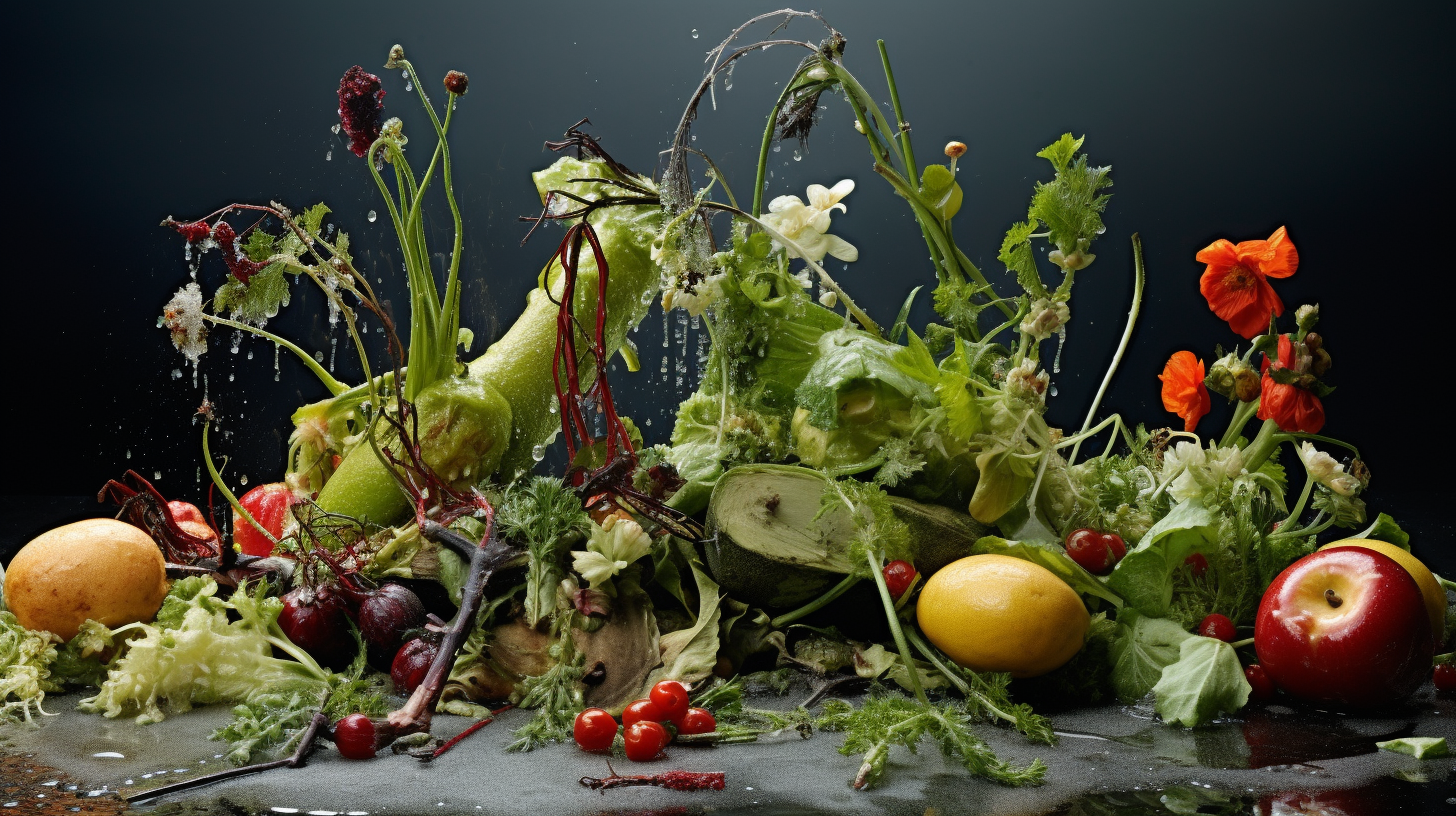In a world where the once-verdant fields of plenty have been wrenched into barren dustbowls, a shocking yet fascinating adaptation arises – new edible plants. Yes, amidst the backdrop of hunger that scratches at the wrought iron gates of civilization, the alchemy of survival turns the inedible into the essential, presenting a bleak beacon of nourishment. This is no ordinary form of sustenance; it’s the veiled rebellion of nature against the onslaught of environmental neglect that birthed this dystopian present.
The whispering sands of the once-great agricultural heartlands carry tales of pioneering botanists and rogue cultivators. They, the harbinger of alternative edibles, bench the conventional crop catalogue for a selection that could endure the maelstrom of climate disasters – with an array of novel plants that may have once been dismissed as mere weeds or ornamentals. Here, the physiognomy of what we know to be nutritious, edible flora is being rewritten.
Take, for instance, the Bitter Grass of Resilience – a name attributed to its taste and herculean fortitude. Once an obnoxious leafy squatter in tended gardens, it now thrives in soil areas high in salinity, an environmental consequence otherwise baneful to traditional agriculture. This hardy, if bitter, sustenance lacks the comforting familiarity of corn or wheat. Yet, within its fibrous embrace, it holds a remarkable nutritional profile that challenges the deficiency of a barren larder.
Here is where the toolbox of evolution swings open. Bioengineered flora is no stranger to our storied agricultural past, but in a dystopian twist, it’s the natural selection that emerges as the savior, not the scientist’s hand. Each of these new species is a testament to nature’s gritty determination to endure. To our dismay, they are devoid of the colorful bombast of the fruit bowl; instead, they tout an austere palette befitting the harsh lands they prosper in.
Then there are the Mycorrhizal Miracles – fungi that grace tree roots, reforming bonds that foster life even in contaminated habitats. Collaborating with pollution’s orphans among vegetation, they form relationships that fix nitrogen, detoxify soil, and bring forth unsuspecting sources of food from grounds thought sterile.
The culinary arts, once a field of delicate flavors and fragrances, now march under a militant banner of sustenance and survival. The enterprising and desperate have taken to foraging this new breed, with urban legends telling of dishes so rich in survivalist lore, they awaken the most somber spirit with their gritty extravagance.
Impervious to the ‘Terra Surge’ superweeds or the scarcity of clean water, as documented in our desolate records, these botanical wonders do not hail from farms that teeter on the edge of collapse. They are born from the ashes of industrial arrogance and grown in the crevices of a civilization that failed to steward its Eden. Despairing farmers, whose comments once peppered our articles with a cascade of woes, now whisper the names of these plants, holding a quiet, forlorn respect for their uncanny ability to survive where all else fails.
If hope were entertained in our rancid narrative, it would sprout from beneath the ash, in the form of these survivors – our unintended legacy. For while our world may be choreographed to the dirge of environmental apocalypse, life, it seems, nests in the nooks of decay, nourishing the few who dare to digest such irony.
As this alchemy of survival unfurls its potent leaves in the wild march of time, one cannot help but wonder – is this staid food dance the prologue to a rebirth or the receding echo of our swan song? The bleak drama of this new ecosystem holds tales yet untold; will we be here to witness them, or will they merely serve as the silent narrative of a world that survives beyond us?
